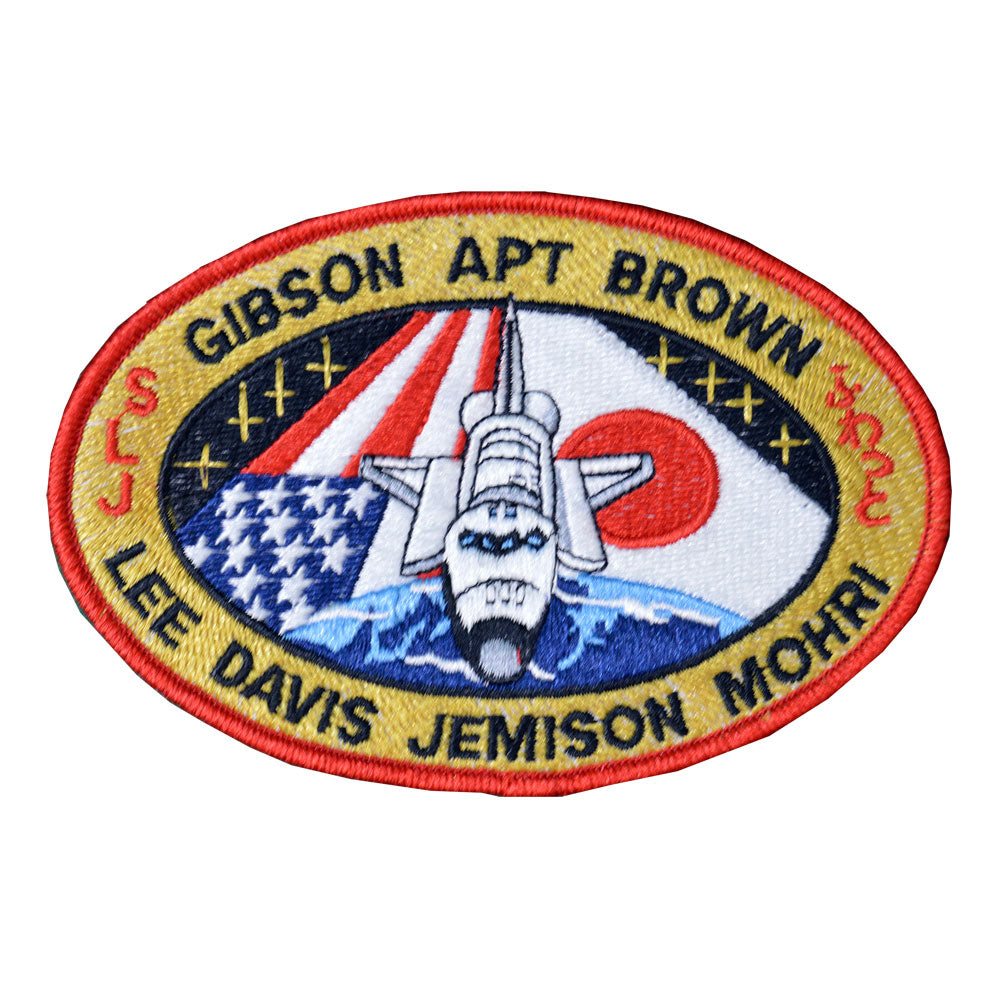
STS-47 Patch
STS-47 Patch
Mission Highlights
Spacelab-J — a joint NASA and National Space Development Agency of Japan (NASDA) mission utilizing a manned Spacelab module — conducted microgravity investigations in materials and life sciences. The international crew, consisting of the first Japanese astronaut to fly aboard the shuttle, the first African-American woman to fly in space and the first married couple to fly on the same space mission, was divided into red and blue teams for around the clock operations. Spacelab-J included 24 materials science and 20 life sciences experiments, of which 35 were sponsored by NASDA, 7 by NASA and two collaborative efforts.
Materials science investigations covered such fields as biotechnology, electronic materials, fluid dynamics and transport phenomena, glasses and ceramics, metals and alloys, and acceleration measurements. Life sciences included experiments on human health, cell separation and biology, developmental biology, animal and human physiology and behavior, space radiation, and biological rhythms. Test subjects included the crew, Japanese koi fish (carp), cultured animal and plant cells, chicken embryos, fruit flies, fungi and plant seeds, and frogs and frog eggs.
Twelve Get Away Special (GAS) canisters (10 with experiments, 2 with ballast) were carried in the payload bay. Middeck experiments were: Israeli Space Agency Investigation About Hornets (ISAIAH), Solid Surface Combustion Experiment (SSCE), Shuttle Amateur Radio Experiment (SAREX II), Air Force Maui Optical Site (AMOS), and Ultraviolet Plume Imager (UVPI).


